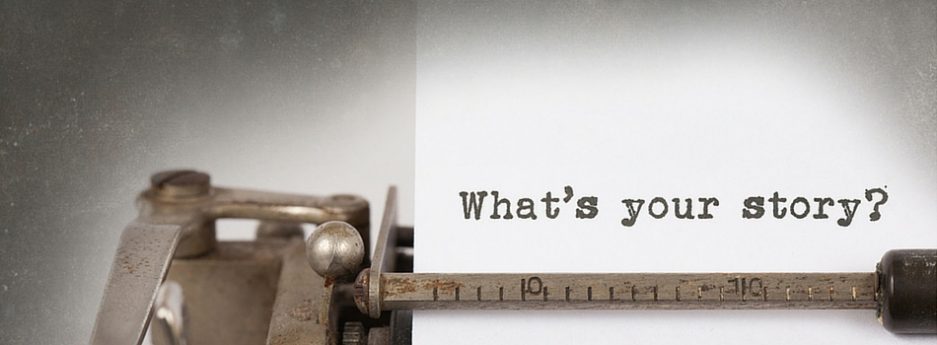Interactive journalism is a contemporary trend in which journalists are able to present complex issues in an innovative and sophisticated manner. The article, ‘Cronulla Riots: The day that shocked the nation’, produced by SBS Online, is a perfect example of how interactive journalism allows us to explore challenging and sensitive subject matters, and communicate them in a way which is appropriate to a modern audience.
The article investigates the horrific, historical event known as the Cronulla Riots, in which the tension between the Australian and Middle Eastern communities escalated to a level of extreme violence. This event occurred in 2005, a time when racism was prominent amongst the white Australian population. What started off as a brawl over race and ethnicity, resulted in thousands of Australians being involved in the mob-mentality behind several brutal attacks upon individuals. However, the article does more than simply recount the historical event. It explores the untold stories of the victims and those personally involved in the event, providing fresh insights and perspectives regarding the significant impact on those affected by the experience.

To convey such a complex issue, the article breaks the content into different themes, such as ‘Police and The Law’, ‘The Shire’, ‘Racism’, and ‘Identity’, allowing the reader to choose the topics they are interested in, and consume the information more easily. Each theme also provides original photographs which are carefully selected to reveal the true nature of the day’s vicious incidents. Not only is the article freely available on SBS Online, it also uses easy to understand language, images, and video documentaries to make it widely accessible and appealing to a broad range of audiences.
HR Morgane argues that one of the most effective tools to be utilised in interactive journalism is the ‘Storymap’. Storymap is useful when telling a story which involves various times and locations, as it “enables the user to visualise very clearly what happened where and is really useful for complex stories.” The Cronulla Riots article incorporates this feature into their work, and allows the audience to unravel the story in a chronological order of the day’s separate events, whilst demonstrating on a map where these events occurred. This is a great visual aid in allowing an audience to link time and place, and gain a deeper understanding of how everything was connected. The Cronulla Riots example is extremely effective as it clearly indicates how the violence escalated and spread throughout the day. This makes it possible to appreciate the relationship between the cause, reaction and consequences of the event, and perhaps allows us to learn from the experience.
The article has been considered so innovative that it was recognised by the Online News Association: Interactive Narratives, and listed as one of the best examples of multimedia storytelling. Furthermore, it received a five-star review and has won several titles such as ‘Multimedia Storytelling’, and ‘Best of Websites; Cultural or Lifestyle’ by Walkley and AIMIA Awards respectively.
The Cronulla Riots article demonstrates the use of several interactive features such as Storymap, documentary, and questionnaire surveys which come together to create an innovative experience for an audience. As such, it is the perfect example of why interactive journalism has become such a popular trend.






















